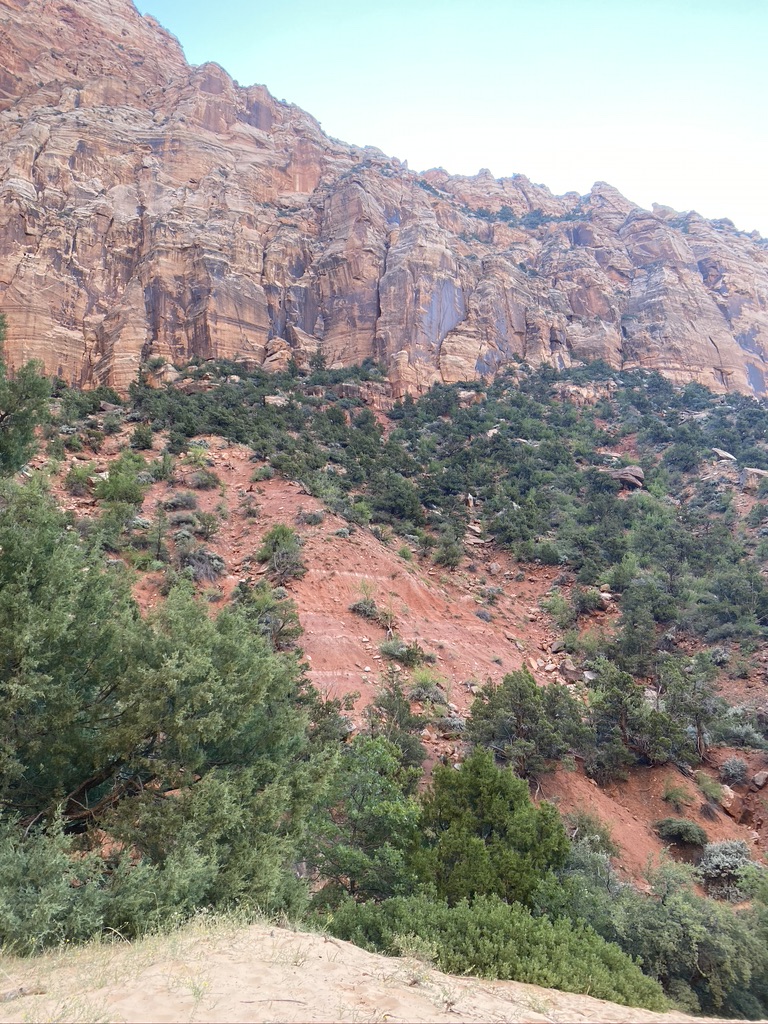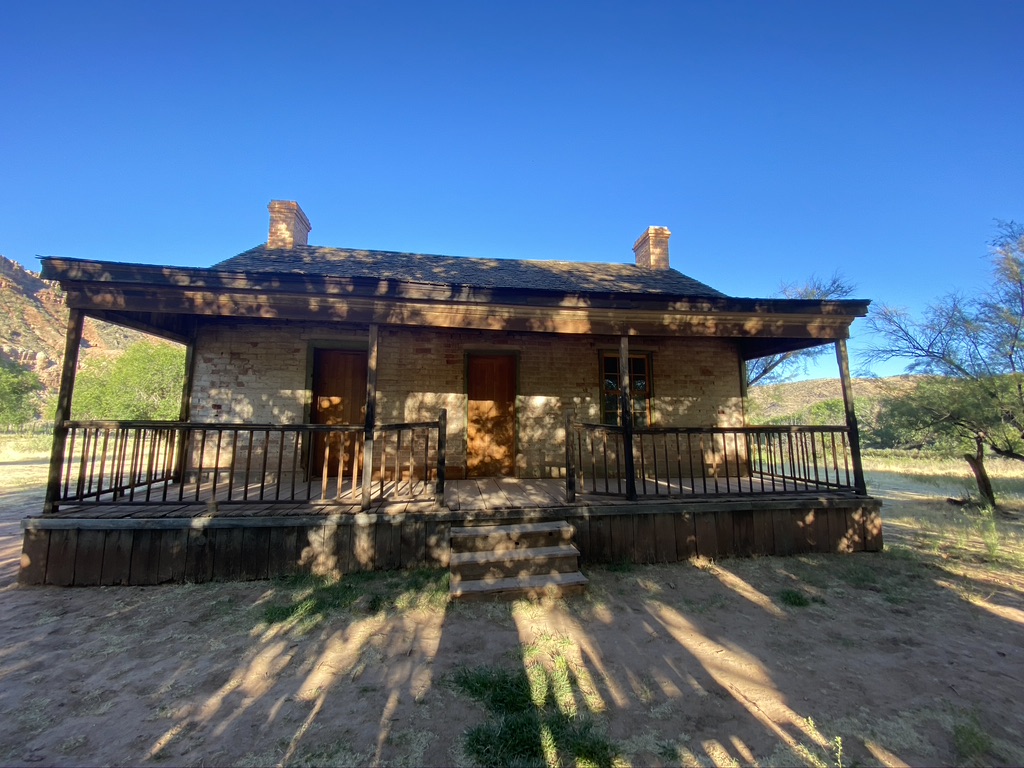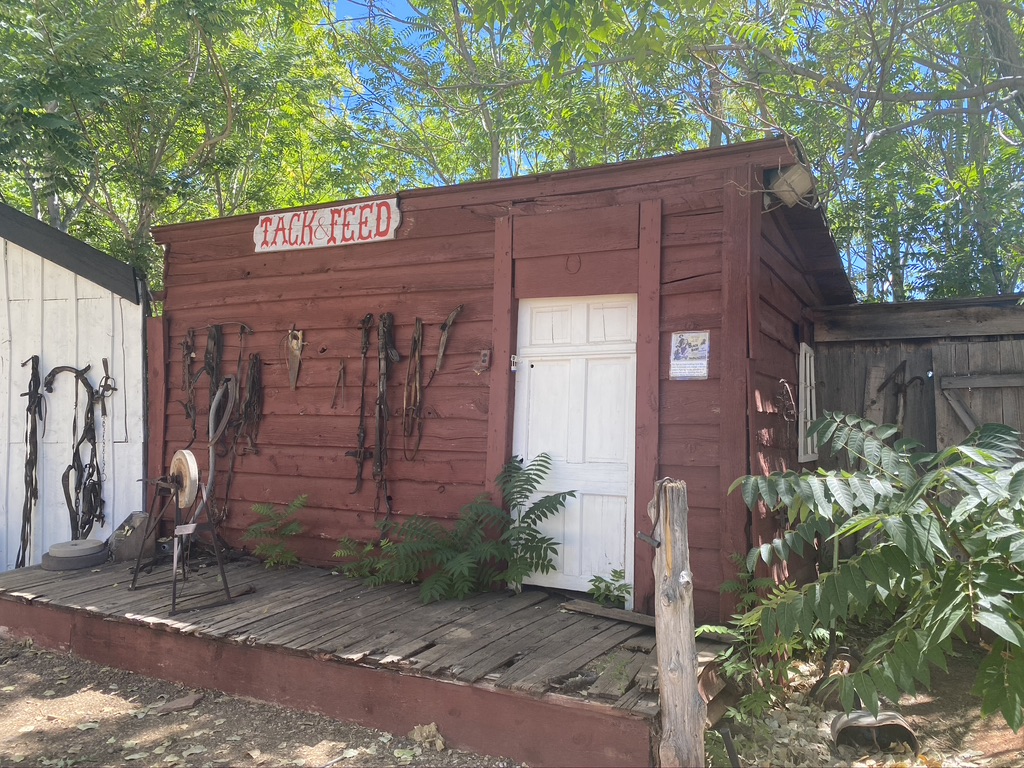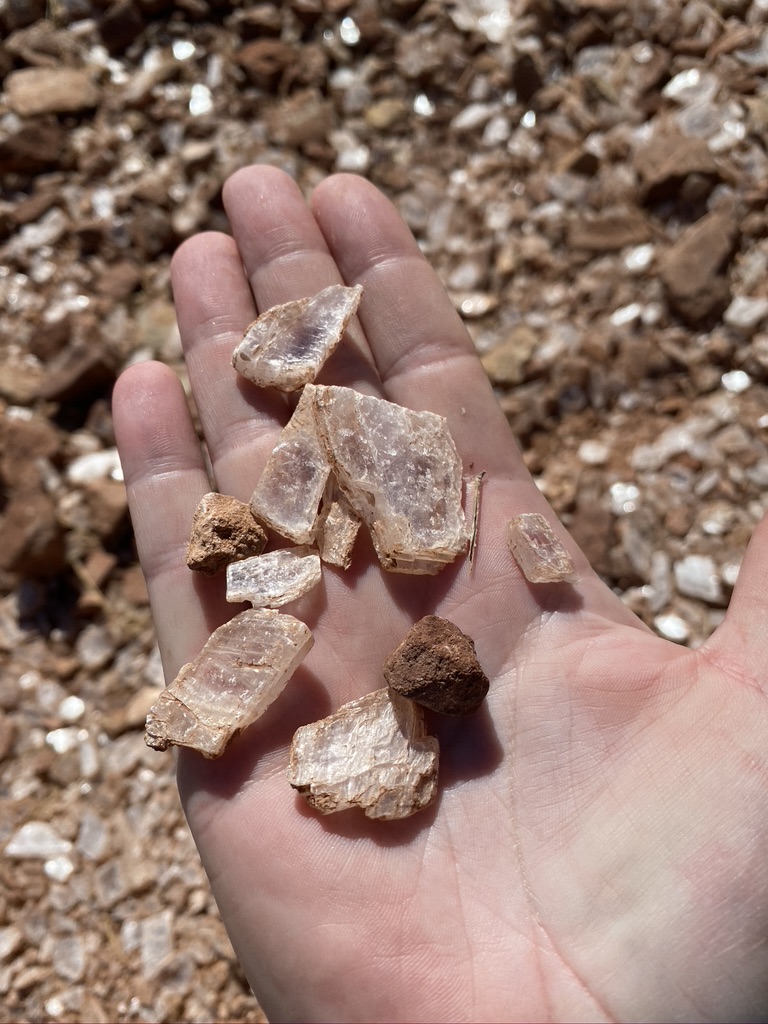Your cart is currently empty!

Covid. Covid was the reason that several of my trips were cancelled in 2020. On top of that, I work healthcare i.e. essential. So it was a rough 7 months. My little wanderlusting heart was aching for some kind of adventure outside of Las Vegas. As my birthday approached, I wanted to go somewhere a bit cooler. I did research and found a town called Hildale. One of my friends was down and I booked a dog friendly accommodation so my 4 legged best friend could come along for the celebration. After I booked everything, I started my usual search for offbeat, weird and unique things to do and that’s when I found out: we were going to a previous cult town: Hildale was founded in 1872 by Mormon pioneers led by John D. Lee. It was originally known as “Rattle Snake Bench” but was later renamed Hildale after LDS Apostle Charles C. Rich’s son, Hildale. In the mid-20th century, Hildale became closely associated with the FLDS Church, which split from the mainstream LDS Church due to disagreements over the practice of polygamy. Under the leadership of FLDS prophet leaders like Leroy S. Johnson and later Warren Jeffs, Hildale and its neighboring town of Colorado City, Arizona, became strongholds of the FLDS community. Colorado City was settled in the 1860s by Mormon pioneers and was originally known as “Short Creek.” It was later renamed Colorado City after the nearby Colorado River. Like Hildale, it developed as an agricultural community with a predominantly Mormon population. In the mid-20th century, under the influence of the FLDS Church leadership, Colorado City became known as a polygamous community. FLDS leaders exerted significant control over the town’s political and social life, often resulting in allegations of civil rights abuses and illegal activities. Both towns have very controversial history, raids, legal issues and eventually the leader Warren Jeffs was convicted of being an accomplice in the rape of underage children in 2006 in Utah. He was also convicted of two counts of sexual assault on a minor in Texas in 2011 which landed him a life sentence. He has appealed but still remains in prison. He still has many followers but most fled further south.
We made the drive to Hildale and found the accomdation: Zion Cliff Lodge without issue. The place was a large home that was divided into individual rooms. Ours was on the 2nd floor with a bed, couch, kitchenette and balcony. Our first stop in town was Cottonwood Park. Pt was a nice sized park and it had gorgeous mountain views. The next noticable thing was driving around town. It was surreal, there were several large mini mansions in various stages of construction. Some missing windows, doors, etc. The town appears to literally be standing still from the 2006 raids. The downside of this town circa 2020 was they had limited restuarants that were open during the dinner hours. We did manage to find a mexican food truck that was open and grabbed some meals to go and hit up the grocery store next door for some snacks/drinks. We headed back to the hotel and ate from the balcony watching the sunset.



The next morning we woke up and headed to Canaan Mountains and took the Water Canyon Trailhead as far as we could without bouldering. My dog is capable but he makes me anxious and then I don’t have as much fun. The trail was beautiful and had red, yellow and orange mountain views. It also had a stream and it was very peaceful as it was minimally traveled by other hikers. We then headed toward Hurricane and took another trail by Short Creek. It again was a peaceful trail. We drove around the area enjoying all the mountain views and then stopped off at a weird roadside attraction: Apple Dumpling UFO docking and transportation center. It was quirky and a quick stop off. It does however require you to park along a relatively busy road but it is free. This night, we stopped at a country store and bought some items to make salads for dinner and took it to the hotel to enjoy on the patio once again.



The next morning we headed to Grafton Ghost Town. Grafton was first settled in 1859 by Mormon pioneers seeking fertile land for agriculture and grazing. It was initially established as part of a cotton-growing initiative in the harsh desert environment. Grafton gradually became a ghost town as residents moved away to nearby communities like Rockville and Hurricane. By the 1940s, it was largely deserted, leaving behind well-preserved structures that offer a glimpse into pioneer life in the region. There is some deserted buildings that you can look at and like most things in the area, it’s surrounded by beautiful views. The buildings include: 1. The schoolhouse/church 1886: its a 2 story building built on lava rock from Hildale. It’s made of adobe bricks. The last class was held there in 1919. 2. the Alonzo H Russell home 1862: an adobe home that Alonzo lived in until his death in 1910. Residents continued to live here until 1945. 3. The Louisa Marie Russell home 1979: This was built by Alonzo Russell for his wife Louisa. 4. The John and Ellen Wood home 1877: It also has a split-rail fence, large log barn and raised granary. 5. The Grafton Cemetery 1862-1924. At the cemetery, they have a laminated card of the order of burial which includes their name, age and cause of death (if known). Some of the causes included: murder, diphteria, scarlett fever, and accidents. You can roam the cemetery and see the gravestones up close.



We continued onto Zion and stopped at Oscar’s Cafe to eat some breakfast. McAfee was allowed to hand on the patio with us and they even provided him with a bowl of water. We stopped near the South Campground and took a walk along the North Fork Virgin River which again was surrounded by the mountains. We even got to drive through the tunnel on the Zion Mount Carmel HWY. It’s crazy how dark that tunnel gets. We checked out some of Zion’s attractions: Checkerboard Mesa and took another walk around that area. We worked up an appetite because despite it being cooler than Vegas, it was still hot so we stopped at The Home of the Ho-Made Pies at the Tunderbird Resaurant in Mt Carmel Junction. The pie was good and it had a nice grassy area outside to sit and eat it with the dog. As we headed back to Hildale, we stopped off at Coral Pink Sand Dunes State Park. It created by Navajo sandstone: These dunes are believed to have formed from windblown sand deposits that accumulated over thousands of years. It was underwhelming, at least the day we went. I expected it to be more pink, but it was very muted. After that detour, we found ourselves in Kanab at the Moqui Cave: sandstone cave that was formed through natural erosion processes over millions of years. It features intricate rock formations, stalactites, and stalagmites, creating a visually stunning underground environment. We decided to not pay for the tour but looked around the giftshop which had some really cute gifts. They also had a little snack/smoothie shop outside so we got some smoothies. We headed to Little Hollywood. Kanab gained prominence as a filming location for Western movies and television series starting in the 1930s. Little Hollywood showcases memorabilia, props, costumes, and artifacts from the town’s film history. It was a cheap entrance fee and fun to wander around the interior and exterior exhibits. I didn’t recognize a lot of the movies but some of the actors were iconic. Continuing back to Hildale, we came across Pipe Spring National Monument and decided to stop: Pipe Spring is a natural oasis in the Arizona Strip, providing water to the arid landscape. The spring emerges from a fault in the Kaibab Limestone and has historically been a crucial water source for humans and wildlife in the region. The Paiute utilized the spring’s water and surrounding lands for sustenance and cultural practices. The monument had the spring, gardens, short hikes and historic farming equipment. This was my actual birthday so once we made it to town, we stopped off to grab some food at the grocery store. We of course bought some cake to celebrate and a couple adult beverages. We hung on the patio and relaxed.







The next morning, we headed to the Hildale Baby Cemetery which dates back to Warren Jeffs and FLDS. There are rumors of imbreeding and mistreatment that happened which lead to the deaths of children. It was a creepy part of the trip, there were several graves, some marked and some unmarked. On that final note, we headed for home. We stopped off at Bloomington Petroglyph Park. The park features a large concentration of petroglyphs, which are ancient rock carvings created by Native American tribes thousands of years ago. These petroglyphs depict various symbols, shapes, animals, and human figures, offering insights into the cultural and spiritual beliefs of the prehistoric inhabitants of the region. The petroglyphs are really well preserved and it requires a small amount of walking. We then stopped at Glitter Mountain: it’s actually a mound of dirt that is covered in pieces of gypsum that glitters when the sun is shining. It had the word “glitter” in it so of course I wanted to stop. I’d say this isn’t really worth the stop because there really isn’t a lot to see but it was along the route and an easy detour. This was our last stop before heading back to Las Vegas. Overall, it was a good trip and it was really nice to be somewhere, away from Vegas after 7 long months of covid.


